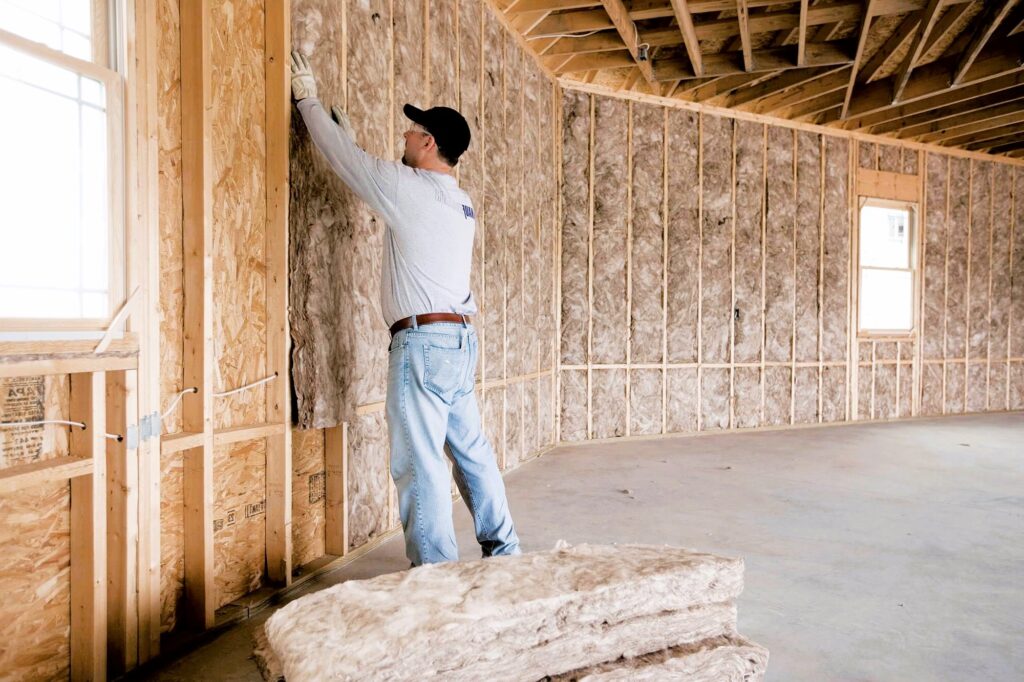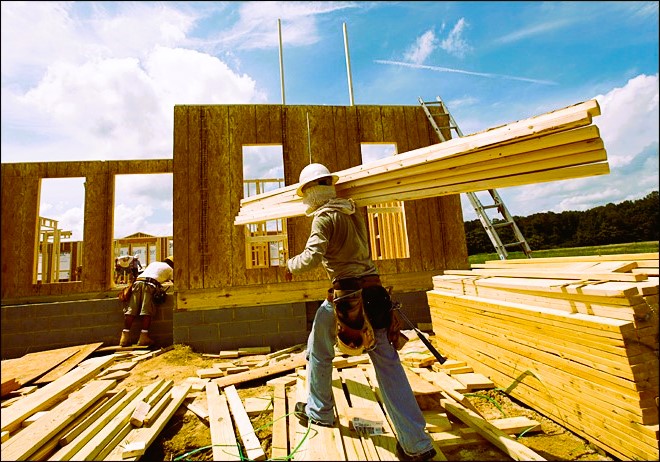Wood construction has a long history in Canada, dating back to the earliest European settlements. It’s a traditional and widely used material for building homes, commercial structures, and even iconic landmarks like the CN Tower in Toronto. While wood construction offers numerous advantages, it also comes with its share of drawbacks. In this article, we’ll explore the pros and cons of wood construction in Canada to help you make informed decisions when it comes to building with this versatile material.
Pros of Wood Construction
1. Sustainability
One of the significant advantages of wood construction is its sustainability. Canada boasts vast forests, and responsible forestry practices ensure a continuous supply of timber. Wood is a renewable resource, and when managed properly, it can be a highly sustainable building material.
2. Energy Efficiency
Wood has natural insulating properties, making it an excellent choice for energy-efficient construction. Wooden structures can be more energy-efficient, reducing heating and cooling costs, especially in Canada’s cold climate regions.
3. Speed of Construction

Wooden structures are relatively quick to assemble compared to some other construction materials. Prefabricated wood components can speed up construction schedules, reducing labor costs and allowing homeowners or developers to occupy or rent the space sooner.
4. Design Flexibility
Wood offers architects and builders tremendous design flexibility. It can be easily shaped, cut, and customized to create unique and aesthetically pleasing structures. This flexibility allows for innovative architectural designs in Canada’s urban and rural landscapes.
5. Natural Beauty
Wooden structures have a timeless and warm aesthetic that many homeowners find appealing. The natural beauty of wood can enhance the visual appeal of residential and commercial spaces. Modern trends in interior design of Canadian houses, more details at the link.
6. Reduced Carbon Footprint
Using wood for construction can contribute to a reduced carbon footprint. Wood stores carbon dioxide absorbed during its growth, making it a carbon-neutral building material when harvested sustainably.
Cons of Wood Construction
1. Vulnerability to Moisture
Wood is susceptible to moisture damage, which can lead to rot, mold, and decay. In Canada, where precipitation and humidity levels can be high, proper moisture control measures are essential to prevent structural damage.
2. Fire Risk
Wood is combustible, making it a fire risk if not adequately protected. Fire-resistant treatments and coatings are often necessary to meet safety codes in Canada.
3. Pest Infestations
Wood can be a target for pests like termites and carpenter ants. Proper preventive measures, such as regular inspections and treatment, are necessary to protect wood structures from infestations.
4. Durability Concerns
While wood is a durable material, it may not be as long-lasting as materials like steel or concrete, especially in harsh climates. Regular maintenance is essential to extend the lifespan of wood structures.
5. Limited Span

Wooden beams and columns may have limitations in terms of their span capacity. In large commercial or industrial structures, this can require additional support beams, potentially affecting interior design.
6. Environmental Impact
While wood is renewable and sustainable, the logging and transportation of timber can have environmental impacts, such as habitat disruption and carbon emissions.
Conclusion
Wood construction in Canada offers numerous advantages, including sustainability, energy efficiency, and design flexibility. However, it also comes with challenges like vulnerability to moisture, fire risk, and pest infestations. The decision to use wood as a construction material should be based on project-specific factors, including location, climate, budget, and aesthetic preferences.
To ensure the successful use of wood in construction, it’s essential to adhere to best practices and safety standards. For more information on wood construction standards and guidelines in Canada, you can refer to the official website of the Government of Canada. By understanding the pros and cons of wood construction and taking appropriate measures, builders and homeowners can make informed choices that result in safe, sustainable, and visually pleasing structures across the diverse landscapes of Canada.
